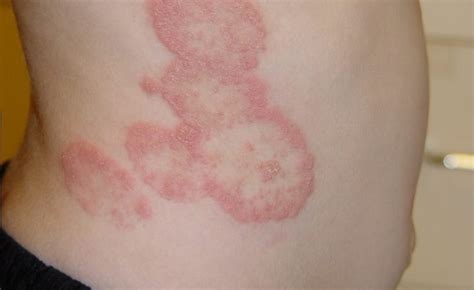Fungal Infections: Symptoms and Treatment
Fungal Infections FAQ
What is a fungal infection?
A fungal infection is also known as mycosis. Although most fungi are harmless to humans, some of them are capable of causing diseases under specific conditions. Fungi reproduce by releasing spores that can be picked up by direct contact or even inhaled. That’s why fungal infections are most likely to affect your skin, nails, or lungs.
Can fungi cause a fungal infection?
Different types of fungi can cause fungal infections. In some cases, fungi that aren’t typically found on or inside your body can colonize it and cause an infection. In other cases, fungi that are normally present on or inside your body can multiply out of control and cause an infection. Fungal infections can be contagious.
What are the symptoms of a fungal infection?
Changes in the appearance of skin and itching are common symptoms of many fungal infections. The symptoms of a fungal infection will depend on the type, but common symptoms include the following: Read on to find out more about some common types of fungal infections, their symptoms, and the treatment options.
What are the different types of fungal infections?
Superficial fungal infections include common tinea of the skin, such as tinea of the body, groin, hands, feet and beard, and yeast infections such as pityriasis versicolor. Subcutaneous types include eumycetoma and chromoblastomycosis, which generally affect tissues in and beneath the skin.
Can fungi cause sickness?
Some types of fungi don’t normally cause infections in humans but can cause sickness in people with weakened immune systems. These are called opportunistic infections. Athlete’s foot is also known as tinea pedis. It’s a type of fungal infection that can affect the skin on your feet, as well as your hands and nails.
Where do fungal infections occur?
Fungal infections can be on the surface of your skin, nails or mucous membranes (superficial or mucocutaneous), underneath your skin (subcutaneous) or inside other organs of your body — like your lungs, brain or heart (deep infection). Superficial fungal infections affect your nails, skin and mucous membranes (like your mouth, throat or vagina).
Are fungal infections serious?
Fungal infections of your hair, skin and nails are usually not serious, but can take a while to completely go away with treatment. Deep fungal infections, like those in your lungs or other organs, can be life-threatening, especially if you’re living with a weakened immune system. When should I see my healthcare provider?
Fungal Infections References
If you want to know more about Fungal Infections, consider exploring links below:
What Is Fungal Infections
- https://www.healthline.com/health/fungal-infection
- https://my.clevelandclinic.org/health/diseases/24401-fungal-infections-mycosis
- https://www.nhs.uk/conditions/antifungal-medicines/
- https://www.verywellhealth.com/fungal-infections-5323789
- https://www.medicalnewstoday.com/articles/317970
- https://en.wikipedia.org/wiki/Fungal_infection
- https://www.merckmanuals.com/home/infections/fungal-infections/overview-of-fungal-infections
- https://www.cdc.gov/fungal/infections/index.html
- https://www.msdmanuals.com/professional/infectious-diseases/fungi/overview-of-fungal-infections
Fungal Infections Information
Explore Related Topics
Exploring Alternative Ingredients in Topical Hair Loss Treatments
Delve into lesser-known ingredients used in topical treatments for hair loss and their effectiveness compared to traditional options.
Are There Natural Alternatives to Antibiotics for Treating Male Infections?
Explore natural alternatives and complementary treatments that could potentially aid in addressing male infections, providing a holistic perspective on managing reproductive health.
Can Antibiotics Address Specific Male Reproductive Infections?
Dive into the specific types of male reproductive infections that can be effectively treated with antibiotics, highlighting the importance of accurate diagnosis and tailored treatment plans.
